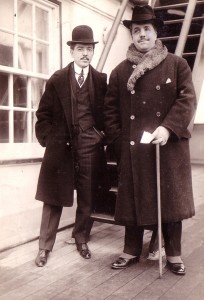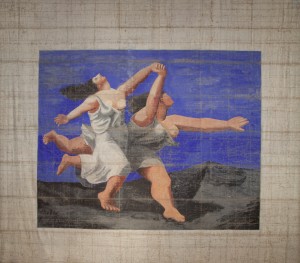 There are numerous ways to engage consumers so they will think favorably about your brand, product, service, business, specialty or new idea.
There are numerous ways to engage consumers so they will think favorably about your brand, product, service, business, specialty or new idea.
In the “old days” the separation between the advertising and the editorial or production sides of a magazine, TV, radio program or industry trade publication were clear. Today, not so much.
Consumers are now deluged with “native advertising” which are paid messages that blend in with content and are presented as advertorials, sponsored blog posts, promoted tweets, Facebook ads and the like.
It’s easier for consumers to differentiate between the program content vs. the commercials on TV and radio shows than it is for them to know whether they’re reading a paid native ad or not.
So what should you do when planning a communications campaign?
The key is to understand what you’re buying and how the consumer will perceive your message. Consumers today are savvy and more wary of paid messages than of those that are unpaid.
Time Inc. recently announced it’s planning a big push into native advertising already running with its People and Entertainment Weekly brands. Farhad Manjoo, a technology reporter for The Wall Street Journal, worries that the lines between advertiser-sponsored or commercial content and independently reported content are blurring as legacy media and news and other sites embrace native advertising as a new source of revenue. His concerns are explained in this video and in his column today, “Why ‘Native Ads’ Muddy the Water for Web Surfers.”
The services provided by PR and media relations professionals cut through the clutter to communicate our clients’ messages in the “unpaid”or “earned media” arena which I believe will become even more valuable in today’s increasingly commercial environment. We’re skilled at uncovering what’s newsworthy and unique about our clients and then convey this information in a way that appeals to the media professionals whose audiences would be interested.
Our clients don’t pay and therefore don’t control the space or air time where the messages, interviews, surveys, videos, photos and other content appear, therefore the impact is more genuine and meaningful. Let’s hope that these opportunities for media coverage continue to exist in the future without having to pay for them.
So what do you think about the growth of native ads on the Web? Is this a good thing or not?
——
UPDATES:
The F.T.C. held a public workshop today (December 4, 2013), “Blurred Lines: Advertising or Content?” to examine “native advertising.” They’re concerned that sponsored online ads can be misleading and will be taking a harder look at such practices. Here’s the story as reported in The New York Times.
The New York Times plans to start its native ads in January as digitally only. Click here for the details.





